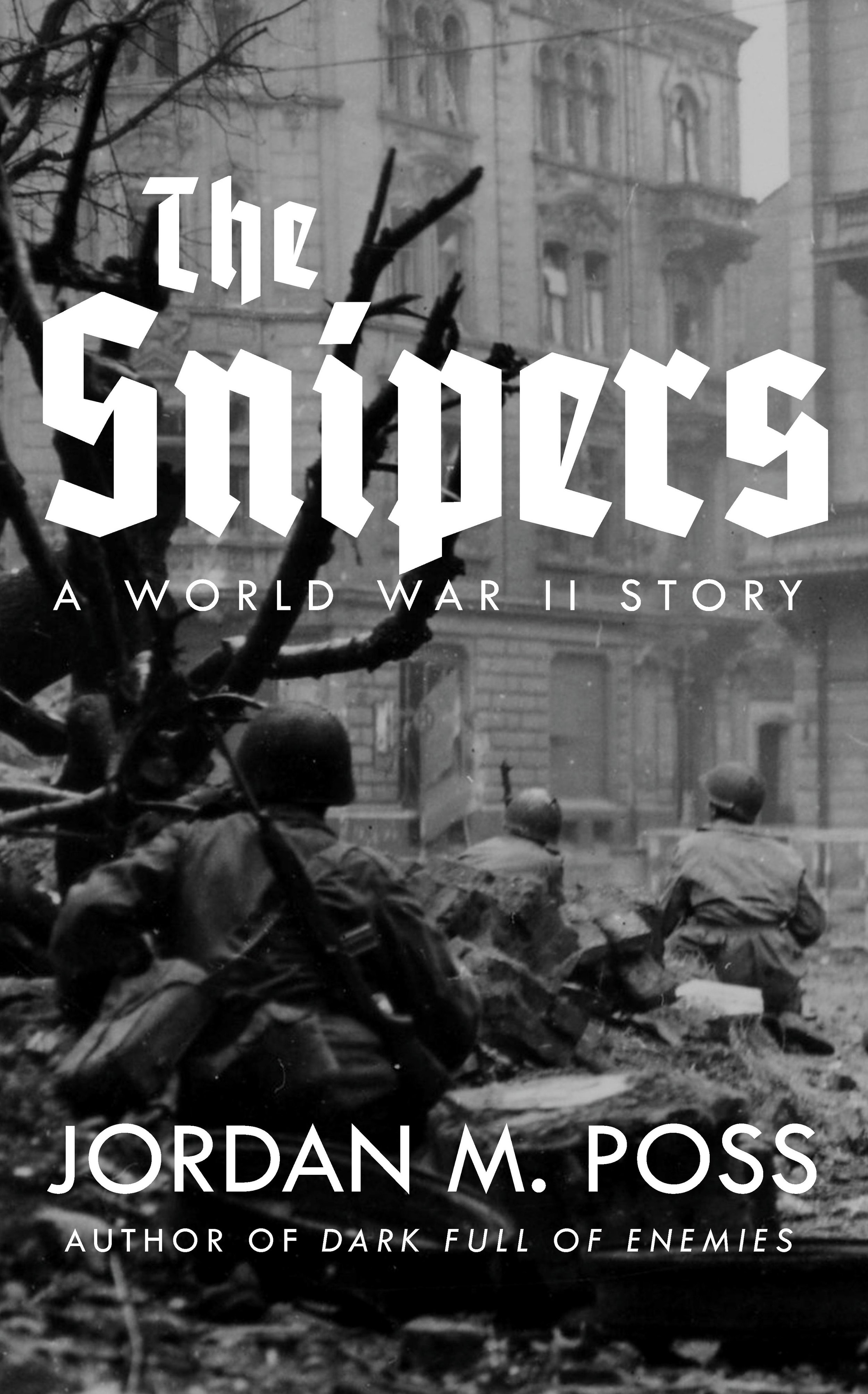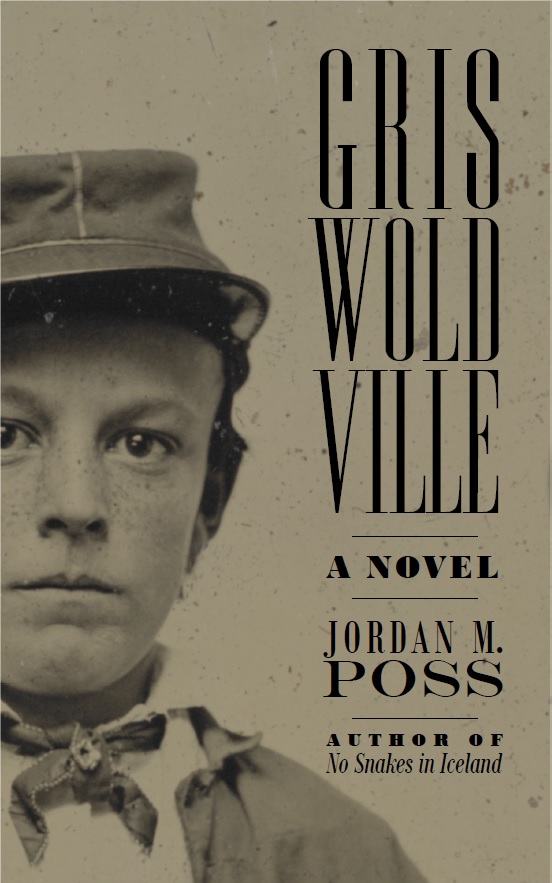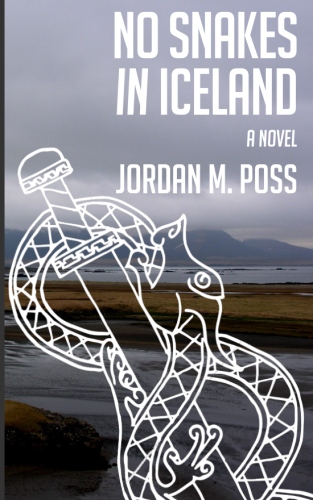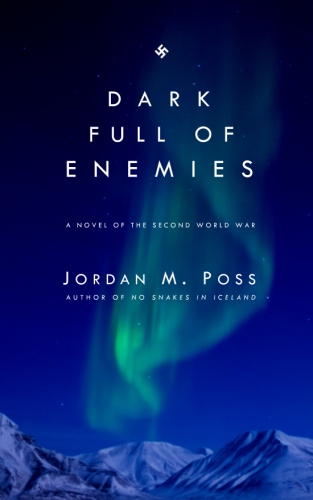Memory Hold-the-Door
/I ended the very first John Buchan June a few years ago with Buchan’s final, posthumously published novel, the thrilling, beautiful, and poignant Sick Heart River. It only seems right, now that I’ve read it, to end this year’s event with the non-fiction book Buchan was composing at the same time as that final Sir Edward Leithen adventure. The book is his memoir, completed, like Sick Heart River, only a short time before he died in early 1940: Memory Hold-the-Door.
Memoir is the best word to describe this book, but is still not quite right. Though billed as Buchan’s autobiography by his publisher, Buchan himself described the book this way in the short, pointed preface: “This book is a journal of certain experiences, not written in the experiencing moment, but rebuilt out of memory.” He confesses that he had considered having the book privately published, but changed his mind when he “reflected that a diary of a pilgrimage, a record of the effect upon one mind of the mutations of life, might interest others who travel a like road.” It was, accordingly, published under the title Pilgrim’s Way in the United States, where it became a favorite book of the young John F Kennedy.
Memory Hold-the-Door is easily summarized. Beginning with his childhood and youth in Scotland, where he spent much formative time outdoors (“My earliest recollections,” he writes, “are not of myself but of my environment”), through his student days at Oxford, his political career in South Africa, Britain, and Canada, his government work in intelligence and propaganda during the war years, and his career in journalism, publishing, and fiction, Buchan narrates his life story in broad outline, with many episodes and memories rendered in striking and beautiful writing. His fiction’s strongest qualities are much in evidence, especially his descriptions of beloved landscapes and in his character sketches of family, friends, colleagues, and comrades, to all of whom he renders the same service as he does the natural world.
What most struck me about Memory Hold-the-Door was its tone. Even before the narrative has taken Buchan from Oxford to the veldts and kopjes of South Africa, a sharp, persistent elegiac note has entered. One realizes quickly how many of those Buchan knew and worked with as a young man were fated to die in the First World War. This book, even though it is a grateful remembrance of a good life by an uncomplaining man, is marked throughout by loss. His publisher and one of his best friends, Tommie Nelson, died on the Western Front, as did his brother Alastair. Of Nelson he writes:
I can recall many mannerisms of his, but it is only by an effort of thought, for they do not run to meet the memory. His presence warmed and lit up so big a region of life that in thinking of him one is overwhelmed by the multitude of things that he made better by simply existing among them. If you remove a fire from a hearth, you will remember the look, not so much of the blaze itself, as of the whole room in its pleasant glow.
And of his brother Alastair:
I remember that when I occasionally ran across him during the last stages of the battle of the Somme I thought him the only cheerful thing in a grey world. He managed to get the best out of everybody, and won a general affection because he himself gave out so much of it. I wonder if the future historian will realise how much of the strength of the British army was due to the boys of twenty who brought the kindly ardour of youth into the business of war and died before they could lose their freshness.
And those were only the dearest lost to him among the many war dead he knew.
His reflection on his brother’s loss points as well to Buchan’s perspective—even when eulogizing men who have been gone a quarter century by the time of his writing, he never loses sight of the big picture their lives and deaths formed a small part of. This in itself adds to the poignancy of the book, as not only the losses but the civilization-shaking repercussions of the war bothered him, filling him with forebodings that would all too often turn out to be right. Even the end of the war, superficially a cause of celebration, augured trouble: “My reason indeed warned me that there was little cause for optimism. The War, the vastest disordering since the breakdown of the Pax Romana, must be followed by decades of suffering and penury.”
But I don’t want to give too dour an impression of this book. Though tinged throughout with loss and sadness, it is still a fundamentally joyful book. Buchan writes warmly of his childhood; of his work; of the books he has enjoyed (e.g. Pilgrim’s Progress, Robert Louis Stevenson, from whom the title comes) and the historical figures he admires (e.g. Montrose, Lee, Cromwell, Sir Walter Scott); of the many places he was privileged to live, in all of which he finds something lovely; and, though this is not a deeply intimate book, of his family. It is striking what a variety of famous people he knew: members of parliament, literary men, generals, presidents, kings. If you’re looking for the link between GK Chesterton, TE Lawrence, and Alfred Hitchcock, Buchan is your man. But perhaps the finest tribute, and one I can personally relate to, goes to Susie Grosvenor, whom he married in 1907: “I have been happy in many things, but all my other good fortune has been as dust in the balance compared with the blessing of an incomparable wife.”
Memory Hold-the-Door is also, like the Greek and Roman classics Buchan best loved, highly quotable. Buchan maintains an aphoristic readability throughout. I read the book in Kindle, the only way I could find it, and eventually saved over 150 highlights (which you can peruse here if you want a generous sample of the book). A few favorites:
On mining oneself for the purposes of fiction: “A writer must inevitably keep the best of himself for his own secret creative world.”
On some writing friends, one of whom will be well known to readers of this blog: “With G. K. Chesterton and Hilaire Belloc and Maurice Baring I never differed—except in opinion.”
On staying current and/or “relevant”: “My taste was for things old and shabby and unpopular, and I regarded with scepticism whatever was acclaimed as the Spirit of the Age. I was born to be always out of fashion.”
On his favorite classical authors (see “relevance” again): “My reading was chiefly in the Latin and Greek classics, which were beyond the caprice of time. I read and re-read Thucydides, for he also had lived among crumbling institutions; Virgil, for he had known both the cruelty and the mercy of life; Plato, above all, for he was seraphically free from the pettinesses which were at the root of our sorrows.”
On technological progress as exemplified by the First World War: “The War had shown that our mastery over physical forces might end in a nightmare, that mankind was becoming like an overgrown child armed with deadly weapons, a child with immense limbs and a tiny head.”
On the bind intellectuals of the 1920s had put themselves in: “It was a difficult time for those who called themselves intellectuals. They found themselves living among the fears and uncertainties of the Middle Ages, without the support of the mediaeval faith.”
On theory and pure reason: “The drawback to a completely rational mind is that it is apt to assume that what is flawless in logic is therefore practicable.”
On writing fiction for its own sake: “I always felt a little ashamed that profit should accrue from what had given me so much amusement. I had no purpose in such writing except to please myself, and even if my books had not found a single reader I would have felt amply repaid.”
On the threats facing Christianity in the modern world: “I am of Blake’s view: ‘Man must and will have some religion; if he has not the religion of Jesus he will have the religion of Satan, and will erect a synagogue of Satan.’ There have been high civilisations in the past which have not been Christian, but in the world as we know it I believe that civilisation must have a Christian basis, and must ultimately rest on the Christian Church. To-day the Faith is being attacked, and the attack is succeeding.”
On the perseverance of Christianity despite it all: “The Faith is an anvil which has worn out many hammers.”
These are drawn pretty much at random from my Kindle highlights. I could provide dozens more.
There are also many wonderful anecdotes. Here’s one from the First World War regarding General Sir Douglas Haig, whom Buchan worked with and admired but who apparently didn’t have the common touch:
He had not Sir John French’s gift of speaking to the chance-met soldier. Once, I remember, he tried it. There was a solitary private by the roadside, whom he forced himself to address. Haig: “Well, my man, where did you start the war?” Private (pale to the teeth): “I swear to God, sir, I never started no war.”
And another in which a fan of Buchan’s thrillers is disappointed by his historical novels:
These were serious books and they must have puzzled many of the readers who were eager to follow the doings of Richard Hannay or Dickson McCunn. That is the trouble with an author who only writes to please himself; his product is not standardised, and the purchaser is often disappointed. I once had a letter from an Eton boy who, having a taste for a bustling yarn, was indignant at anything of mine which did not conform to that pattern. He earnestly begged me to “pull myself together.”
But as mentioned above, and by Buchan’s design, Memory Hold-the-Door is not an exhaustive autobiography. Buchan states at the outset that he does not intend to use his memoir for the things most memoirists do, especially today. There is no score-settling, no self-justification, no gossip. He writes only of the dead, and then only to praise them—especially those he believes have been unjustly forgotten or remembered for the wrong reasons. Reviewers since its first publication have remarked on its “curiously oblique” approach, on what it covers in detail and what it glances across in a paragraph—or less. Buchan himself, though he states with some embarrassment that he found his manuscript “brazenly egotistic,” disappears from the narrative for long stretches. He prefers always to write about others.
“That said,” remarks biographer Andrew Lownie, “it is a very revealing book, both consciously and unconsciously.” As I’ve already suggested, even where Buchan says little about himself, his character comes through clearly—friendly, pious (in the Roman sense), hardworking, well educated, charitable toward all, firmly rooted in a place loved lifelong, of disciplined and expansive mind, and above all openminded but of firm conviction. The book’s final line offers a strong unifying theme: “Dogmatism gives place to questioning, and questioning in the end to prayer.”
In early February 1940, shortly after Buchan completed both Memory Hold-the-Door and Sick Heart River and having repeatedly refused the chance at a second five-year term as Governor General of Canada when his term ended in August, he suffered a stroke while shaving, fell, and struck his head. Within a few days he was dead, and widely and affectionately mourned. These two final books, the memoir and the novel, would appear over the course of that year. Memory Hold-the-Door sold out almost immediately and was repeatedly reprinted during the war years and afterward.
Though eventually Buchan’s fiction, especially The Thirty-Nine Steps, became his most lasting legacy, his memoir offers a fine portrait of a life honorably and gratefully lived. Memory Hold-the-Door is both intensely and poignantly self-reflective but also generous. It is that strangest and rarest of literary beasts, the humble memoir.
* * * * *
Once again I’m sorry to see John Buchan June end. This concludes the third year in a row that I’ve done this, and I’ve enjoyed it more every time. What started as a bit of a lark, a relief from some of the early summer corporate activism that eats up our screens during my birth month, has turned into a tradition that I relish and look forward to. I hope these reviews—including some of Buchan’s non-fiction for the first time this year—have piqued your interest in his work, and that you’ll check at least a little bit of it out in the coming year.
Thanks as always for reading. Until next June!
















